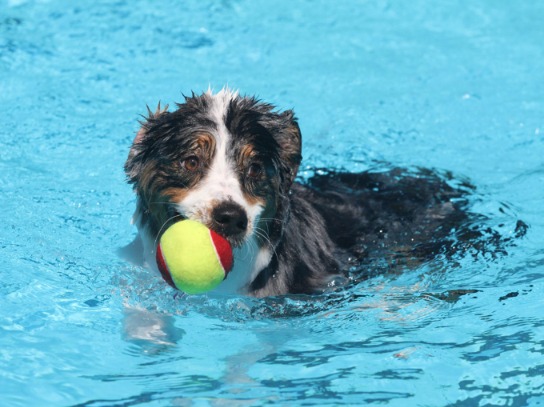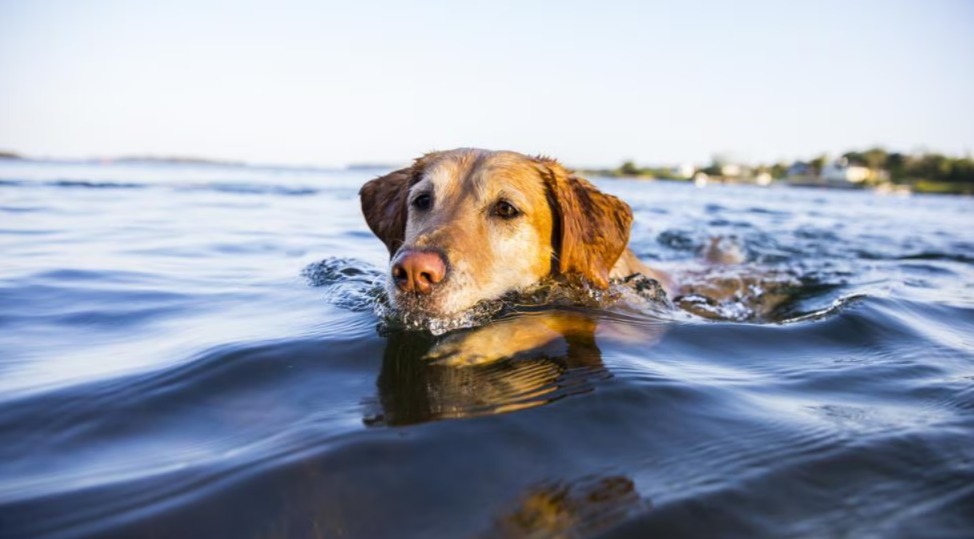
Picture this: a sunny summer day, the pool glistening, and your furry friend, Max, eager to join the fun. You think, “All dogs can swim, right?” So, you gently place Max into the water. But instead of paddling with joy, he panics, struggles, and you realize—Max can’t swim.
Dr. Lori Teller from Texas A&M University shatters the myth: not all dogs are natural swimmers. Breeds like pugs and bulldogs, with their flat faces and stocky builds, often struggle in water. Forcing them can lead to fear, injury, or worse.
If your dog shows interest but lacks skill, invest in a canine life jacket. It provides buoyancy and peace of mind. Always supervise your dog around water, regardless of their swimming prowess.
Now, let’s talk hazards. Blue-green algae, often found in stagnant, warm waters, can be deadly. Even a small amount ingested can cause vomiting, seizures, or liver failure. Always check local advisories before letting your dog swim in natural bodies of water.
Saltwater poses another risk. A few laps might lead to diarrhea, but excessive ingestion can disrupt organ function, leading to seizures or kidney issues. Always provide fresh water to deter your dog from drinking seawater.

Post-swim care is crucial. Rinse your dog to remove chlorine, salt, or debris. Dry them thoroughly, especially ears and skin folds, to prevent infections. And before using a hose, let the water run to avoid scalding your dog with hot water that’s been sitting in the sun.
Remember, not all dogs love swimming. Some prefer wading or lounging by the pool. Respect their preferences. The goal is a fun, safe summer for both of you.
So, before you assume your dog is the next Michael Phelps, take a moment. Assess, prepare, and ensure their safety. Because a little caution goes a long way in preventing a summer tragedy.



